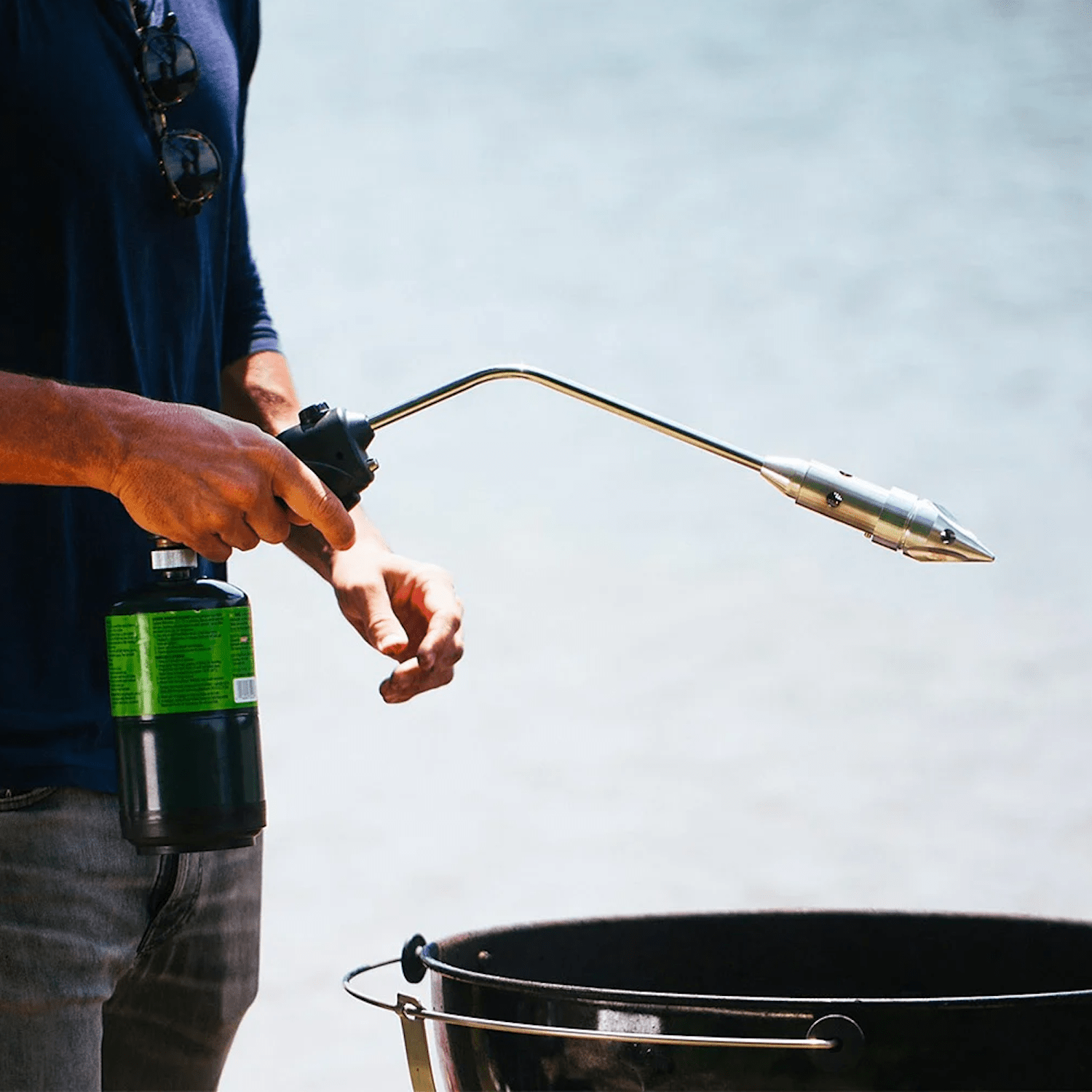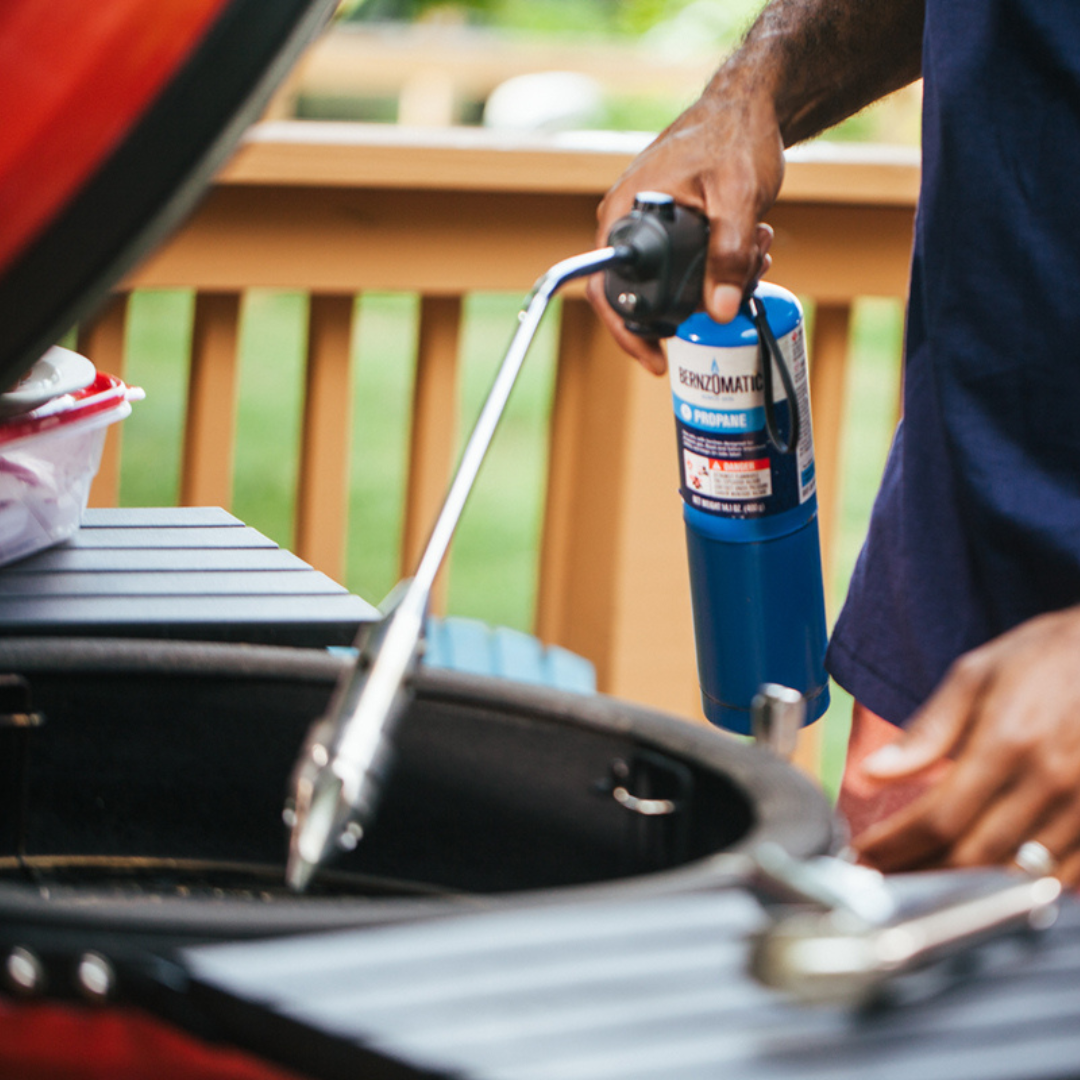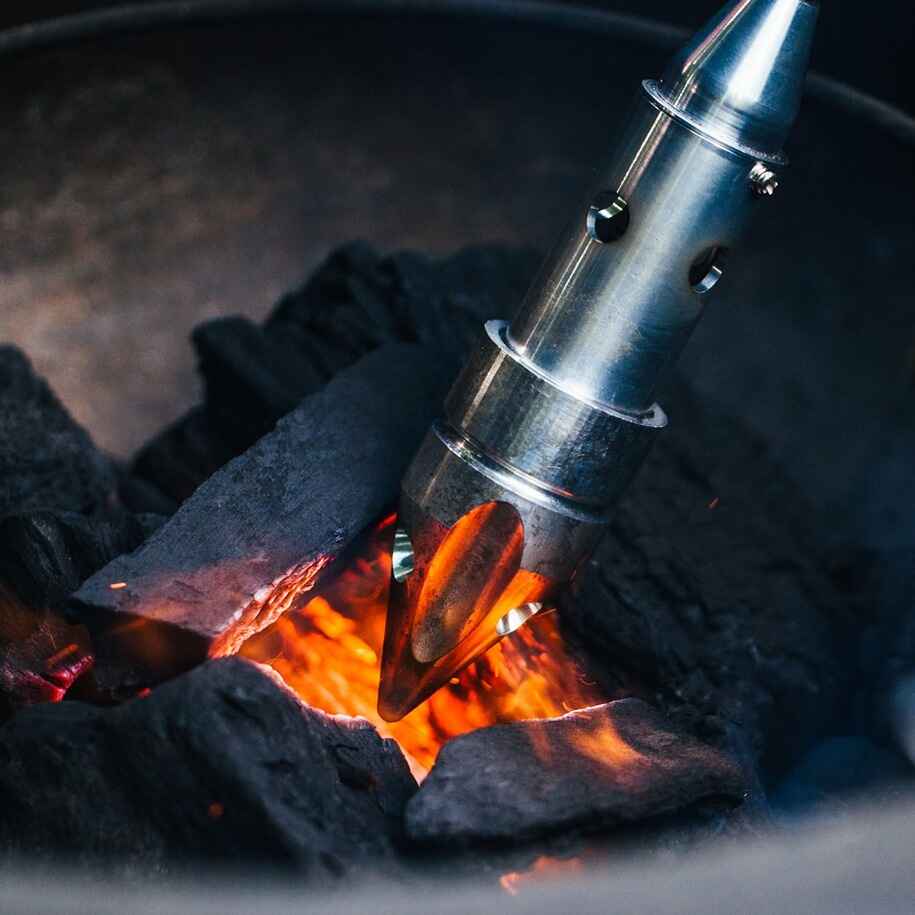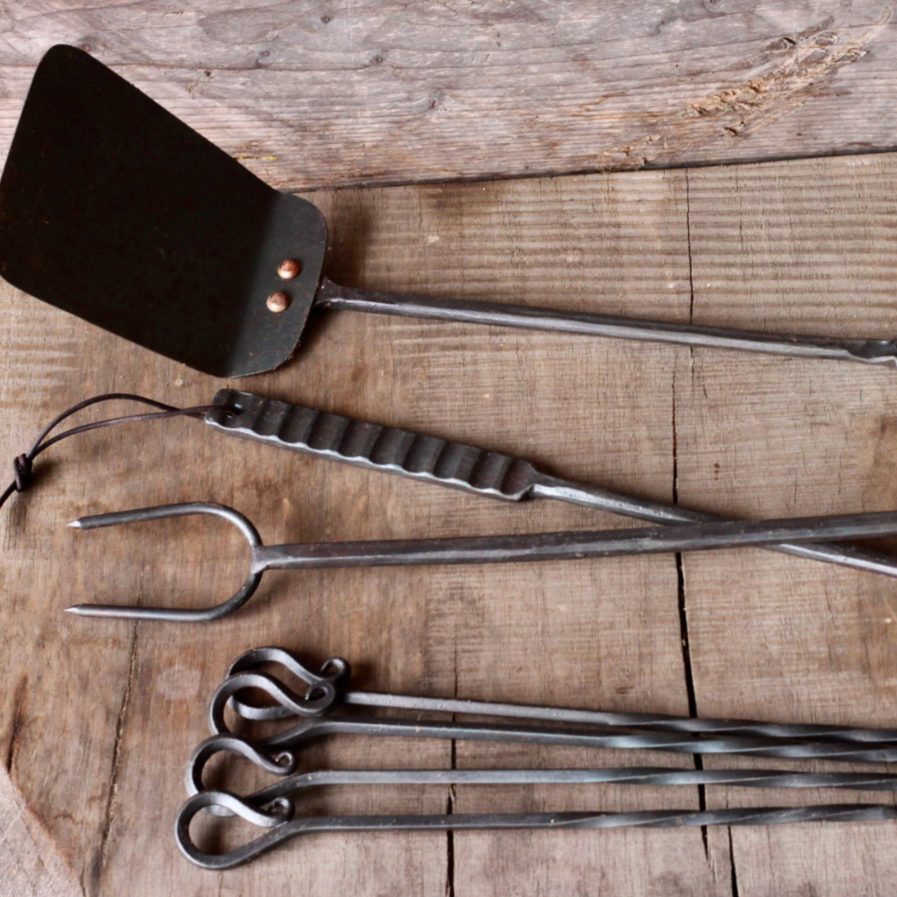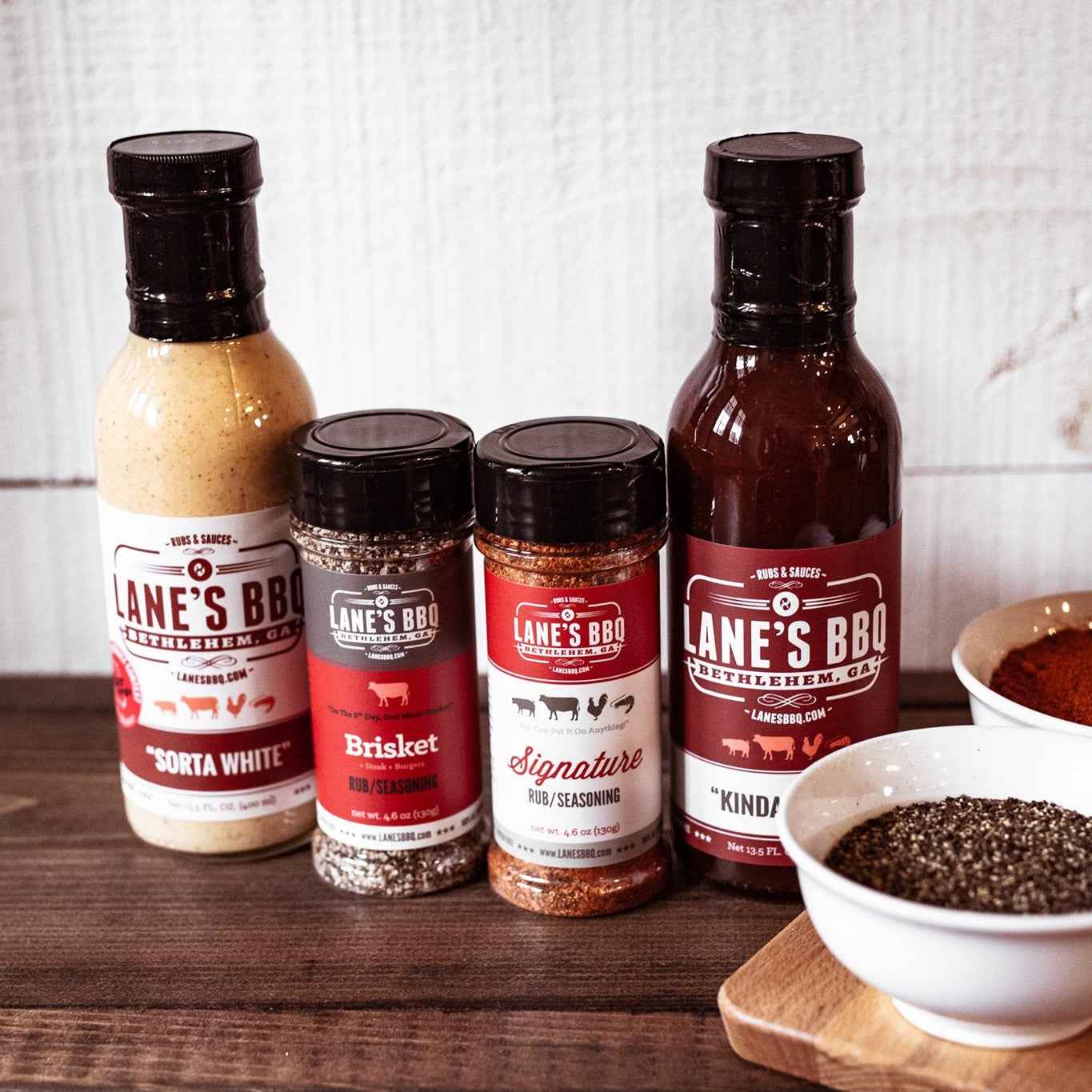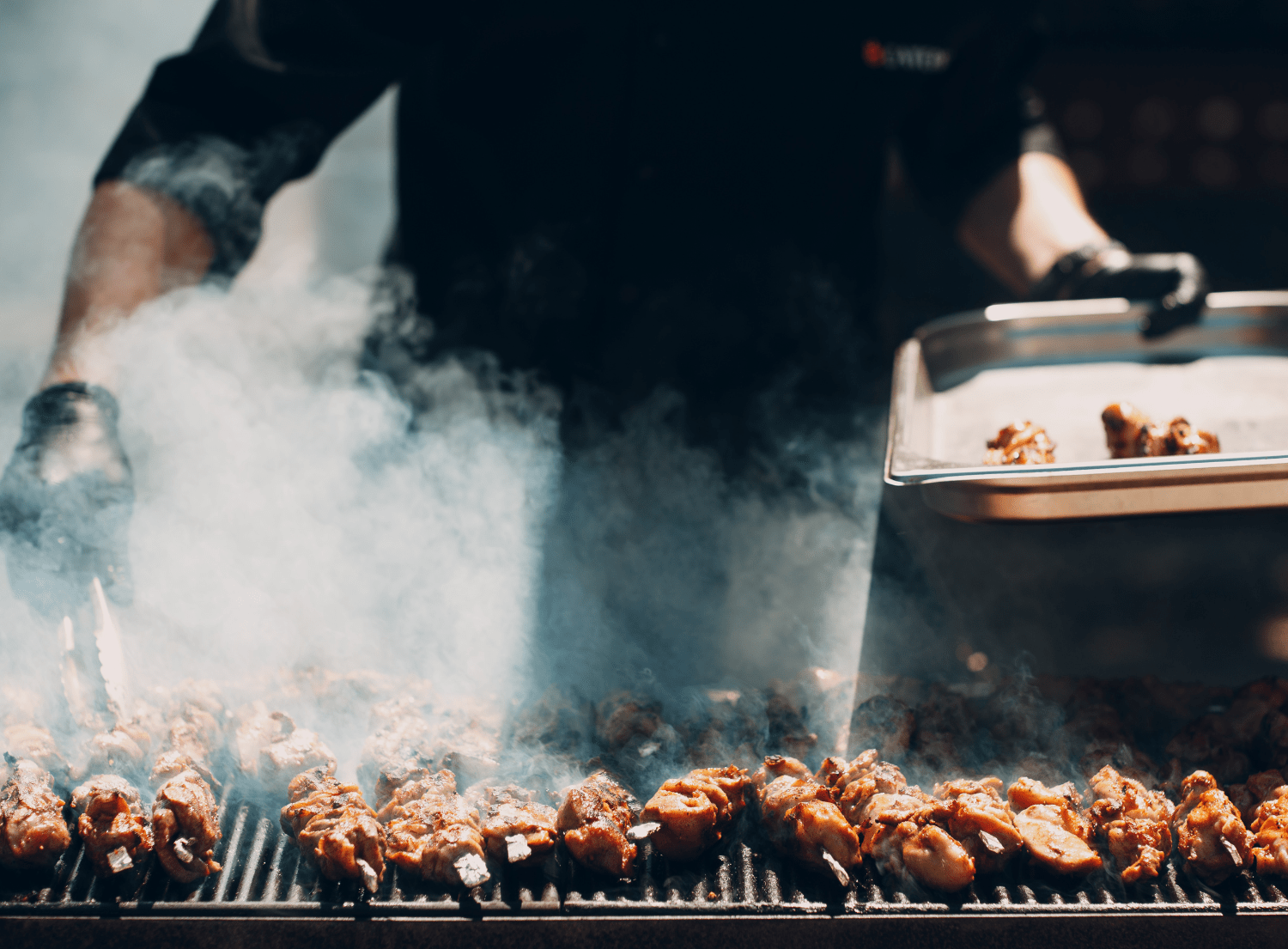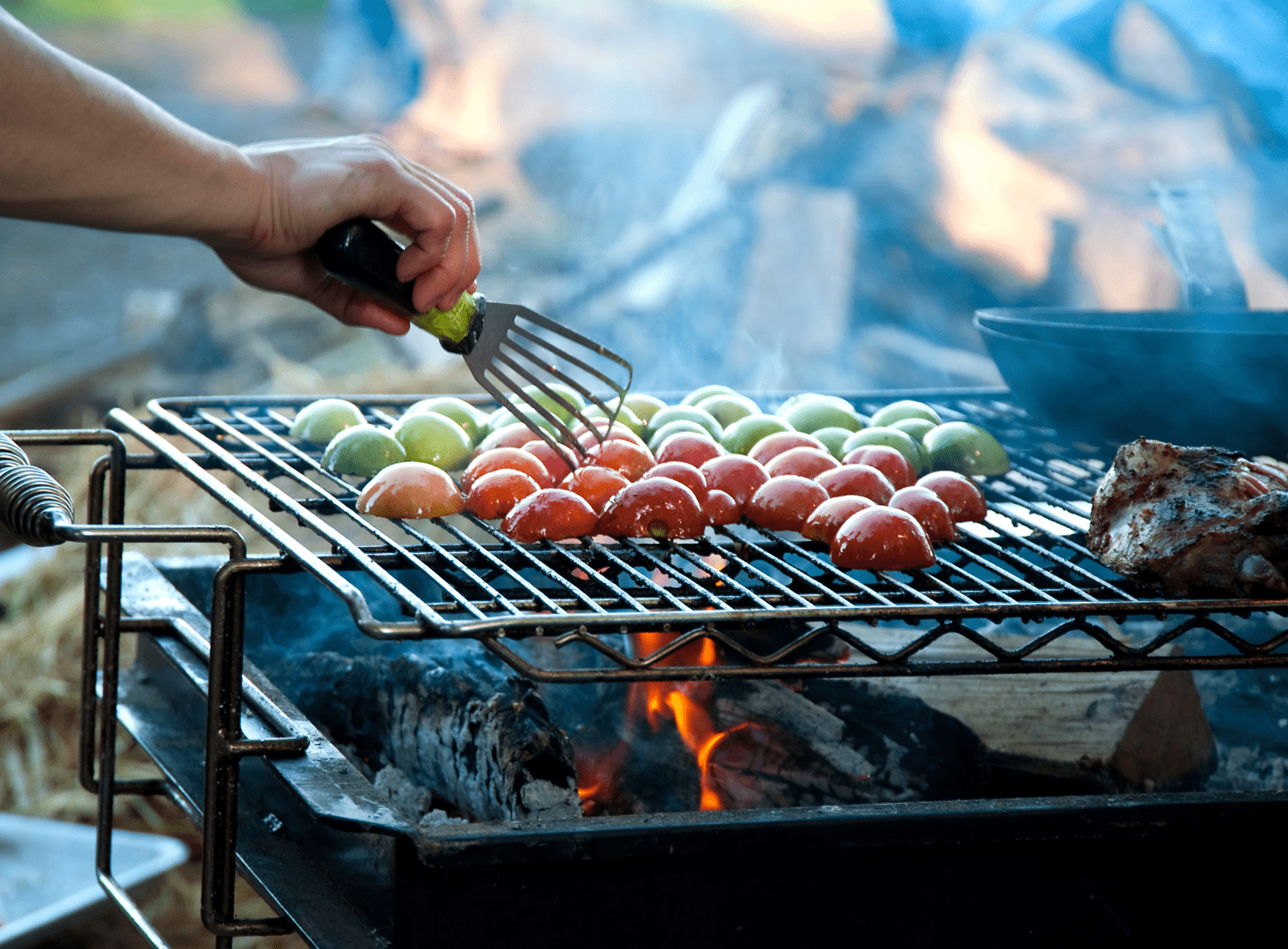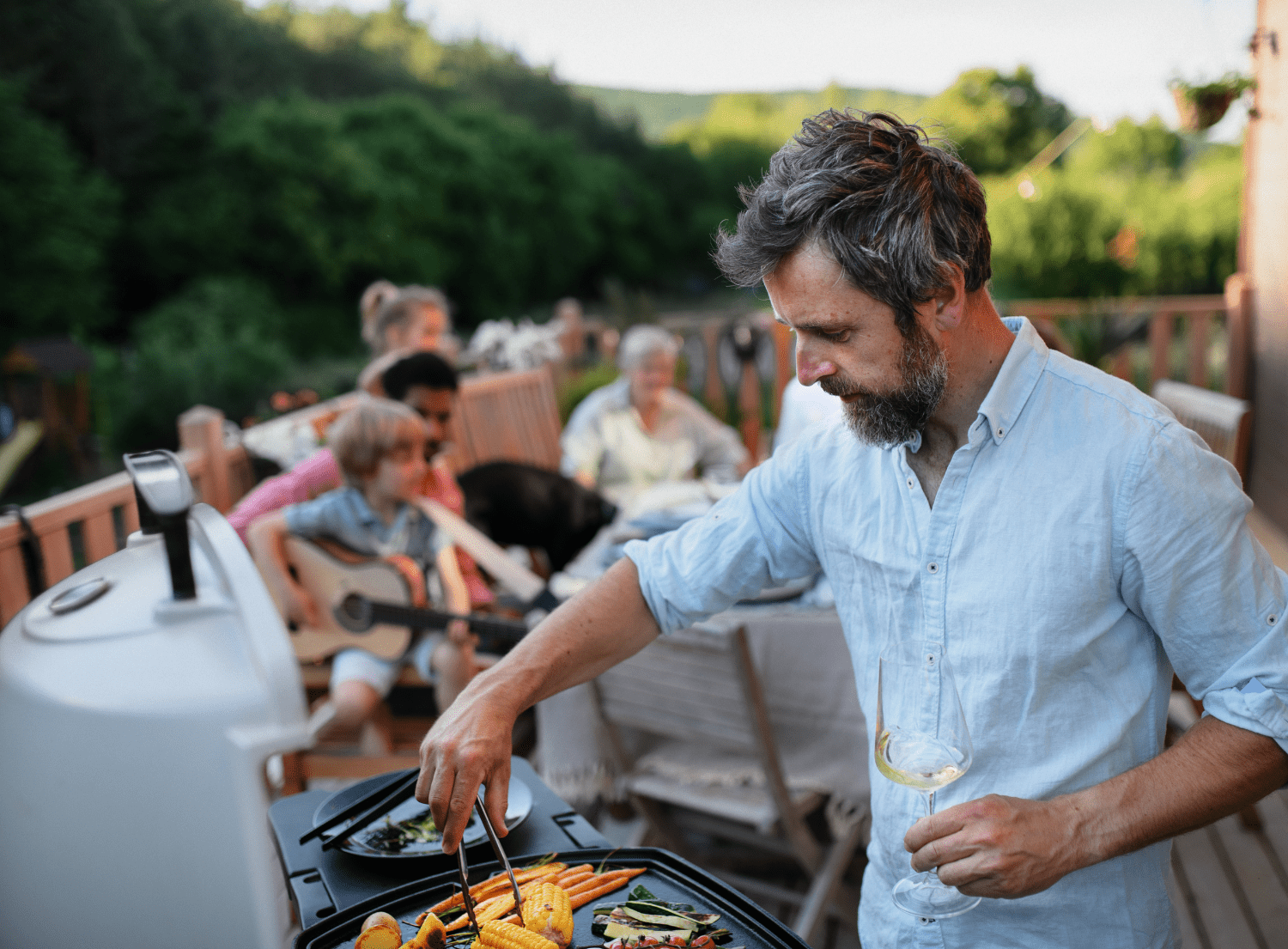Smoking meat is a time-honored tradition that can turn a regular cookout into a gourmet dining experience. The process of smoking involves cooking meat at low temperatures for a long period of time, infusing it with the rich flavors of wood smoke.
While many people think you need a fancy smoker to achieve perfect smoked meat, you can actually smoke meat on a charcoal grill with excellent results.
Read on for our comprehensive guide on how to smoke meat on a charcoal grill.
Getting Started: The Essentials
Before diving into the smoking process, it's essential to gather the right tools and ingredients. Here's what you'll need:
- Charcoal Grill: A standard charcoal grill like a Weber kettle works perfectly.
- Charcoal: Choosing the best charcoal for smoking meat depends on your specific needs and preferences, but generally, you can use lump charcoal or briquettes.
- Wood Chips or Chunks: Different woods impart different flavors. Popular choices include hickory, apple, cherry, and mesquite.
- Chimney Starter: For lighting your charcoal without the need for lighter fluid.
- Water Pan: Helps maintain moisture in the grill.
- Meat Thermometer: To monitor the internal temperature of the meat.
- Cooking Grate: The surface where the meat will cook.
- Grill Vents: Both top and bottom vents are crucial for temperature control.
Smoking with Charcoal: Preparing the Charcoal Grill
Step 1: Lighting the Charcoal
For those seeking the quickest and most effortless way to light a charcoal grill without the use of lighter fluid, The RocketFire™ Fire Torch is the ultimate solution. This powerful tool requires no matches, kindling, or liquids and can ignite wood or charcoal in mere seconds.
The RocketFire's unique Tri-Flame Cone Tip ensures even flame distribution, allowing for faster and more consistent lighting. Its stainless steel tip creates a broad 60-degree tri-flame spread, outperforming other firestarters. Additionally, the tip can be removed to produce a 10-inch flame, perfect for finishing sous vide dishes.
This essential BBQ accessory guarantees your food will taste pure and free of chemical residues, making it a perfect addition to any grilling setup.
Step 2: Setting Up for Indirect Heat
To smoke meat on a charcoal grill, you need to use indirect heat. This means not placing the meat directly over the coals. Instead, it is positioned on the empty side of the grill.
- Place a water pan on the lower grate next to the lit coals. Fill it with hot water. This will help regulate the temperature and add moisture to the cooking environment.
- Arrange the lit coals on one half of the grill, leaving the other half empty for the meat.
Step 3: Adding Wood for Smoke
Once your coals are ready, add a few pieces of wood chunks or a handful of wood chips (soaked in water for at least 30 minutes) on top of the coals. This will produce the smoke needed to flavor the meat.
Step 4: Controlling the Temperature
Maintaining a consistent temperature is crucial for successful smoking. Adjust the grill vents to control the airflow:
- The bottom vent controls the amount of oxygen that reaches the coals. Opening it allows more air, increasing the temperature.
- The top vent should be partially open to allow the smoke to escape and maintain a good airflow.
Aim for a cooking temperature between 225°F and 250°F. Use a meat thermometer to monitor the temperature inside the grill.
The Smoking Process
Step 1: Preparing the Meat
Choose your meat wisely. Pulled pork, spare ribs, and brisket are classic choices for smoking. Season the meat with a dry rub or marinade of your choice.
Step 2: Placing the Meat on the Grill
Place the meat on the cooking grate over the empty side of the grill, away from the direct heat of the coals. Close the lid, ensuring the top vents are open to allow the smoke to circulate.
Step 3: Maintaining Temperature and Smoke
The key to smoking meat is low and slow cooking. Keep an eye on the temperature, adding more unlit coals and wood chunks as needed. If the temperature drops, add a few more lit coals from the chimney starter to maintain the heat.
Step 4: Monitoring the Meat
Use a meat thermometer to check the internal temperature of the meat. For example:
- Pulled pork should reach an internal temperature of about 195°F to 205°F.
- Spare ribs should be around 190°F to 203°F.
- Brisket should be around 195°F to 205°F.
Step 5: The Water Pan
Keep an eye on the water pan and refill it with hot water if it gets low. This helps keep the meat moist and the temperature stable.
Additional Tips and Tricks
Charcoal Management
To ensure a long, consistent burn, use the charcoal snake method. Arrange unlit coals in a semicircle around the edge of the grill, and add a few lit coals to one end. This allows the coals to burn slowly over a long period.
Avoiding Common Mistakes
- Too Much Smoke: Too much smoke can make the meat bitter. Use just enough wood to create a steady stream of smoke.
- Lid Closed: Keep the lid closed as much as possible. Opening it frequently lets heat and smoke escape, disrupting the cooking process.
Using Vents for Temperature Control
- Adjust the bottom vents to increase or decrease the temperature.
- Use the top vents to control the smoke flow. Fully open vents will allow more smoke to escape, while partially closed vents will keep more smoke inside.
Adding Extra Coals
If the temperature drops significantly during the cooking process, you may need to add extra coals. Use a chimney starter to light new coals and add them to the existing fire.
The Final Steps
Resting the Meat
Once the meat reaches the desired internal temperature, remove it from the grill and let it rest for about 30 minutes. This allows the juices to be redistributed, resulting in tender, delicious meat.
Slicing and Serving
After resting, slice the meat against the grain for the best texture. Serve with your favorite barbecue sauce and side dishes.
Charcoal BBQ vs. Smoker
When deciding between a charcoal BBQ and a smoker, it's important to consider your cooking style and preferences. A charcoal BBQ is versatile, allowing for both direct and indirect cooking, making it ideal for grilling burgers, steaks, and vegetables quickly at high temperatures. However, it can also be adapted for low and slow cooking, enabling you to smoke meat by using indirect heat and adding wood chips for flavor.
On the other hand, a smoker is specifically designed for smoking, providing superior control over low temperatures and prolonged cooking times, which is essential for achieving tender, flavorful smoked meats like brisket, ribs, and pulled pork. While a smoker excels in producing consistent, deep smoky flavors with minimal effort, a charcoal BBQ offers greater flexibility, accommodating a variety of cooking methods beyond just smoking.
If you have a charcoal BBQ grill with smoker features, you get the best of both worlds, combining the versatility of a charcoal grill with the enhanced smoking capabilities of a dedicated smoker.
Happy Smoking!
Smoking meat on a charcoal grill is an art that requires patience and practice. However, with the right setup and techniques, you can achieve mouthwatering results that rival any restaurant. With these tips, you’ll be on your way to becoming a backyard pitmaster in no time. Happy smoking!

